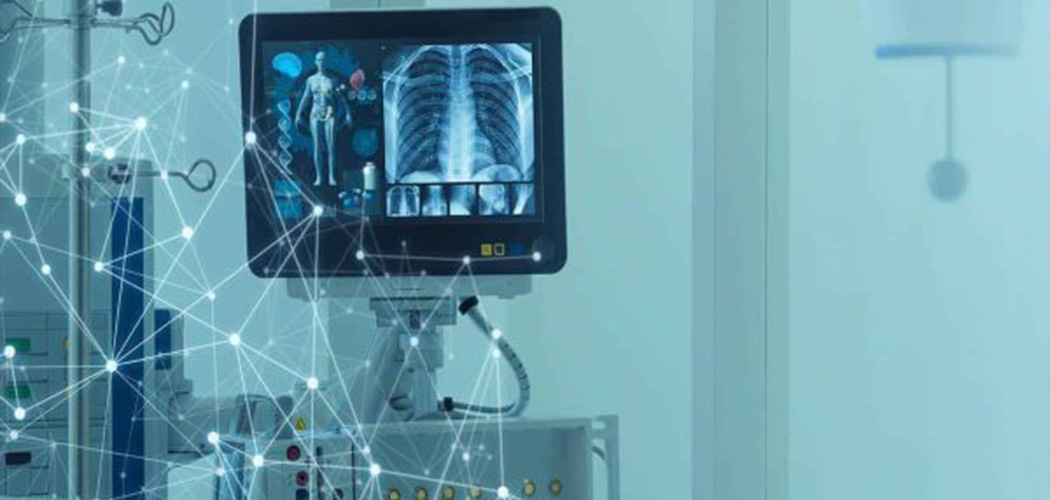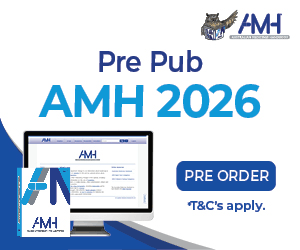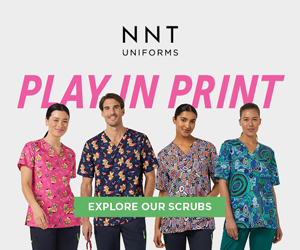In a rapidly evolving world of technology, AI is presenting us with an increasingly uncertain future. So much of what AI may be able to offer is unknown.
Will it improve health outcomes for patients, or pose a risk to their wellbeing? Will the work of nurses and midwives become easier or harder? What is certain is that our lives will be dramatically changed when AI becomes a feature of our workplaces.
Here are three potential positives and negatives that you should be aware of about AI in your workplace:
Healthcare settings are strictly regulated
In Australia, the Therapeutic Goods Administration (TGA) is responsible for approving and assessing the continued use of medicines and medical devices, which extends to programs and software used in medical settings. For this reason, nurses and midwives have not been exposed to the rise of AI in their workplaces to the same extent as other parts of the workforce. Very few AI-based products have been approved for use in clinical settings, and it seems they are not being widely used at this stage.
AI can never truly replicate the complex and often physical aspects of care-based work, so nurses and midwives will not be replaced by AI. Decision-making in healthcare requires accountability, which only registered professionals can provide.
Workplace surveillance
The ANMF is concerned about the capacity of employers to extend their surveillance of workers using unblinking and invasive AI systems as a way to monitor employees. Some early examples include the monitoring of toilet breaks, or the rate of keystrokes in office jobs as a way to measure worker productivity.
Members who become aware of the use of AI surveillance should contact their ANMF workplace delegate.
Work augmentation
History has shown that technological advances have often resulted in the enhanced performance of work. Think of the way that the internet and the availability of online resources has changed the way we learn and access information.
Early research shows that AI could support the work of nurses and midwives through the use of automatic speech recognition technology to automate clinical documentation, which would allow for extra time to provide direct care to patients. Other research suggests that AI could be used to assist in diagnostics, for example, to double check a practitioner’s mammogram reading, without producing inferior screening results for patients.
AI should only ever be used by workers as a tool to make their jobs easier and more effective, rather than replacing workers entirely.
Work intensification
AI may have the ability to complete the simpler and more mundane parts of a worker’s job. This might free up the worker’s time to perform more complex work. For professions such as nursing and midwifery, this may seem to be a blessing where the workloads are relentless, time is short, and understaffing is persistent.
The flipside of AI taking away the dull work and leaving employees with the more complex tasks is that there would be no reprieve from high-level complex work. The opportunities to mentally decompress would shrink and the pace and pressure of work becomes more frantic – Picture Charlie Chaplin working on a production line in Modern Times (1936).
Education
At its best, AI will be a tool that makes the work of nurses and midwives more effective, delivering better patient outcomes. The effective use of AI requires workers to have input into how AI software is developed and implemented within workplaces, as well as education programs to make sure that workers know how to make use of AI safely and effectively.
There are huge opportunities here for workers to be involved at the heart of the AI revolution, but this requires employers to recognise the importance of involving workers at the implementation stage, and their obligation to provide ongoing education and support to all workers.
Accountability
As with any form of technology, things can go wrong. It would be a mistake to assume that AI will deliver perfect outcomes every time.
Patients need to be protected from harmful products in medical settings. As discussed above, this is the job of the TGA.
Once AI programs are approved in clinical settings, who is liable for mistakes made by AI? Employers may seek to blame workers for mistakes, or even the companies that develop AI software. Software developers may shrug off responsibility and say that employers who decide to use AI in their workplaces are responsible for overseeing its safe use.
The ANMF maintains that liability for the use of AI in workplaces sits squarely with the employer, and that this obligation should be reflected in legislation. The ANMF is in discussions with the federal government around the regulation and use of AI in Australian workplaces. The rights of ANMF members and the community are rightly at the forefront of these discussions








